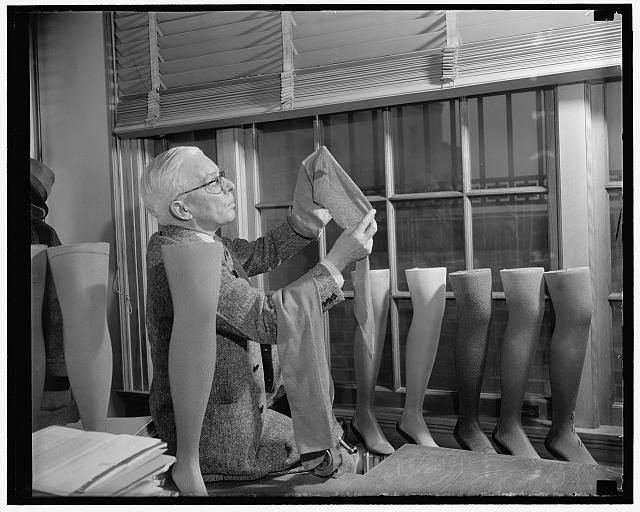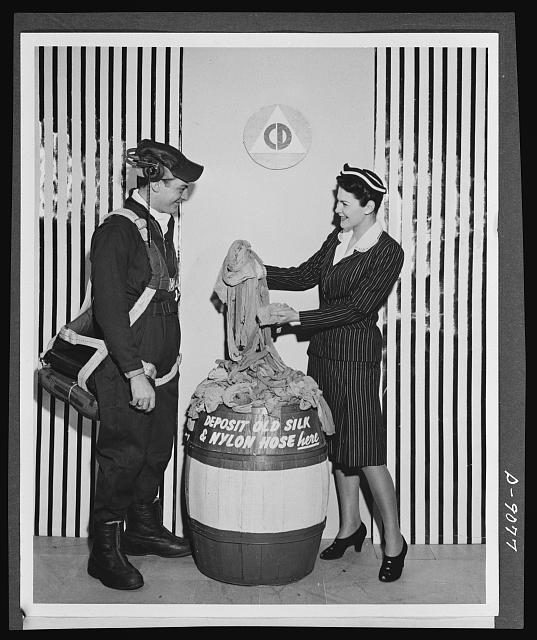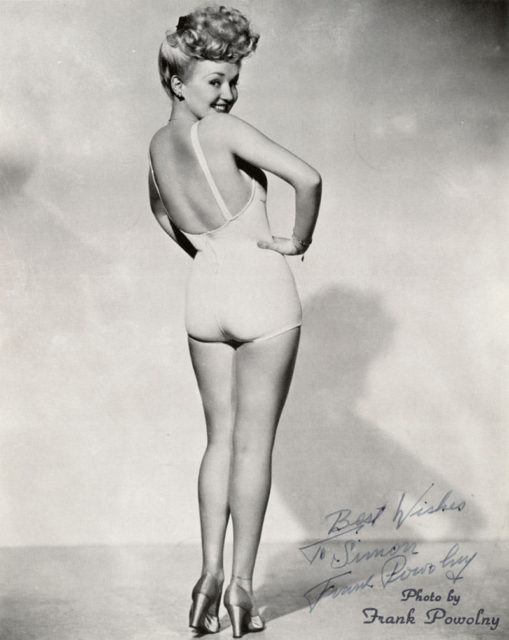Origins of cultural phenomena tend to be quite unexpected at times. Such is the case of the attempt to popularize the “sleek” look of female legs during the first half of the 20th century.
Few people would guess that WWII did what several decades of numerous ads failed to accomplish – to make it “natural” for women to shave their legs.
For centuries, the Western world never thought that female body hair was something that needed to be taken care of, let alone socially policed.
Sure, from time to time lice and similar pests would affect people’s hairstyles. But never were entire naturally hairy regions considered socially unacceptable.
What used to be unacceptable was wearing clothes that didn’t cover “enough” of a female body, meaning practically the whole of it. This was to start radically changing in 1915.
That year, Harper’s Bazaar, a vastly popular magazine among upper-class women, published an ad featuring a model in a sleeveless dress, posing with her arms up – and her underarms shaved.
The ad promoted the razor needed for women to get rid of their “objectionable” hair. Two years later, this trend would spread to middle-class magazines. With a new market opened, a new cultural trend started gaining many followers in the US. But while female underarms were under attack, their limbs remained razor-free.
Numerous attempts to convince women to shave their legs failed to mimic the initial shaving hype. For a short period during the 20s, shorter skirts offered a chance for such a breakthrough, but already in 30s hemlines became much longer once again. Women would usually wear cotton stockings under their garment, while those with more money could afford silk.

Then in 1939, a revolution broke out. The DuPont Company invented a solution making cheap and silky-looking stockings available to practically all women – nylon. And the demand skyrocketed – with up to four million pairs sold in just one day in the US. Everyone wanted a pair.
Two years later, the US entered WWII and DuPont though of a way to sell its product to the military. It advertised nylon as a fabric much more suitable than silk or canvas for making parachutes, ropes, and other war materials. Women were told to put their newfound love for nylon stockings on hold. But neither women nor the industry would wait.

Women started shaving their legs and coloring them with a mixture of shoe polish and cream so as to imitate nylon stockings. Max Factor even introduced a device that offered women to draw a precise seam along their legs.
Then in 1943, Betty Grable, a famous Hollywood actress, and model, shot a photo that was to become iconic – and probably the tipping point that decisively focused the female sexuality on (shaved) legs.

Thus, when after the war the nylons became accessible once again to the wider public, there was no more hair to cover. The new social norm was already in place, and the nylons would just add the final glossy touch.
